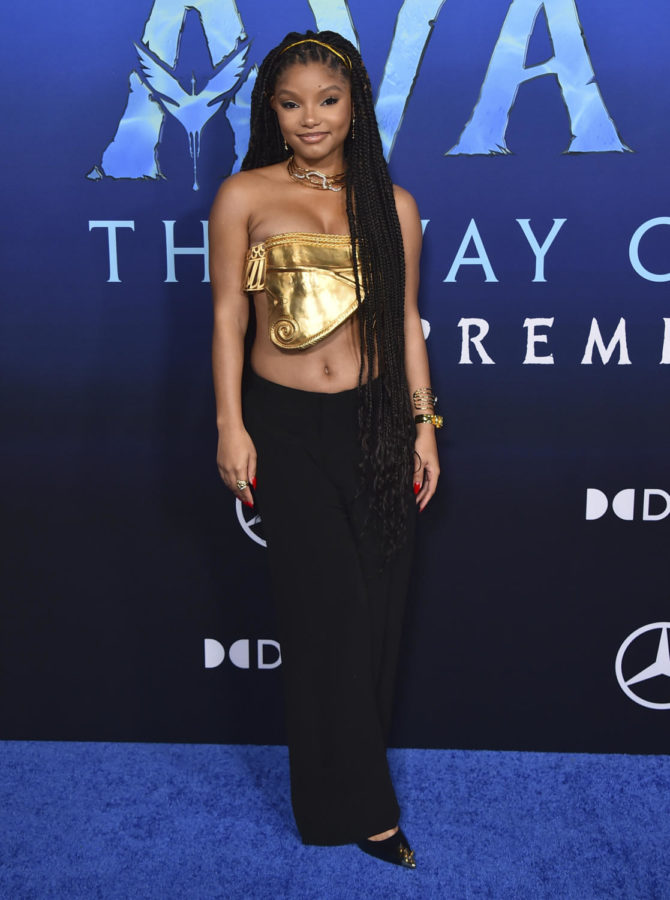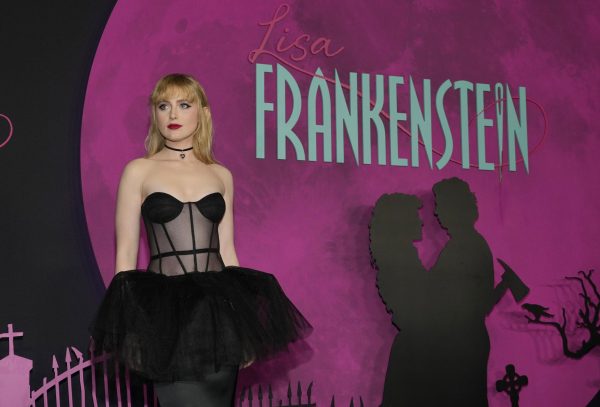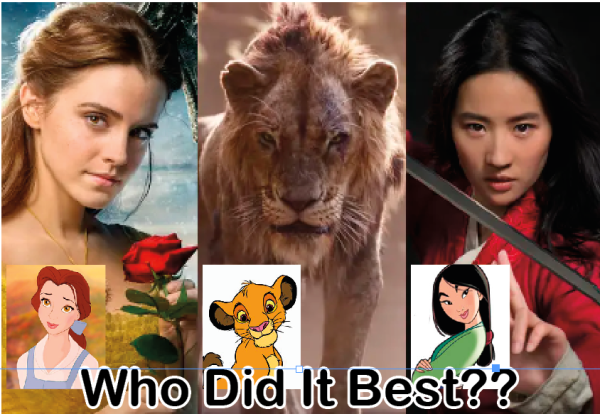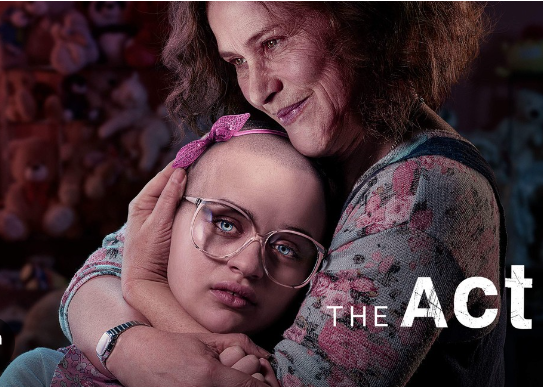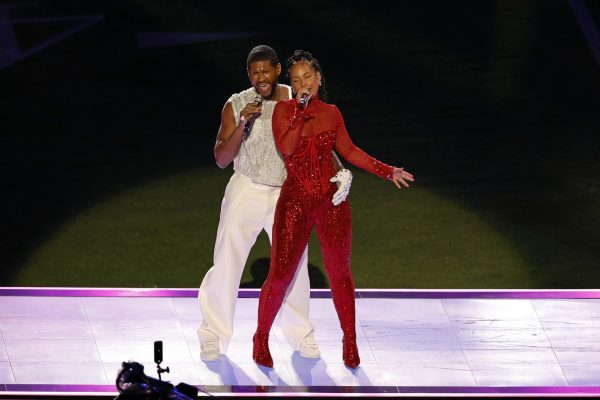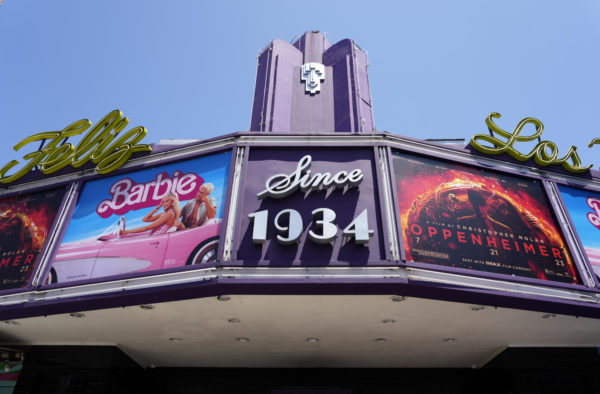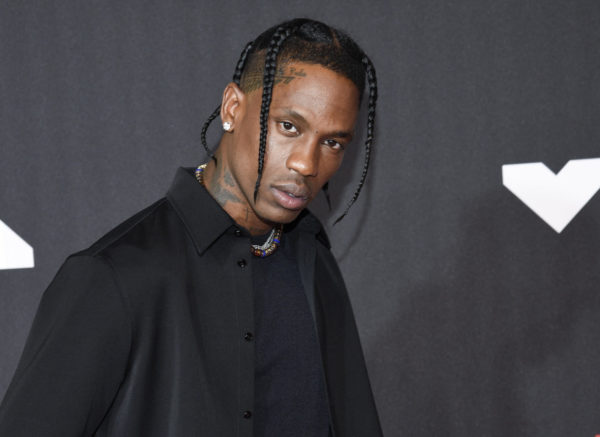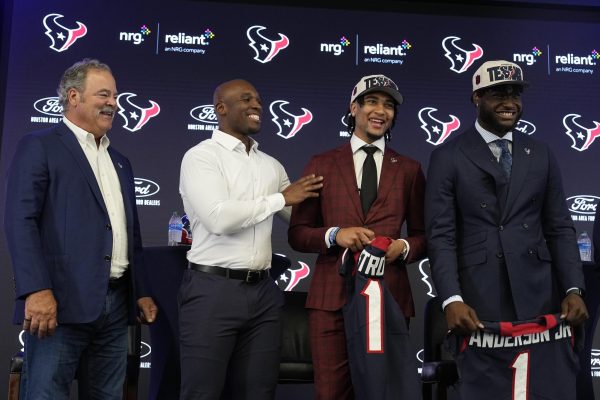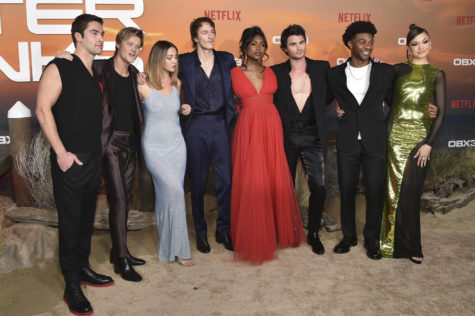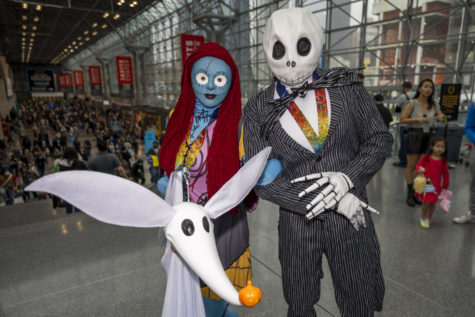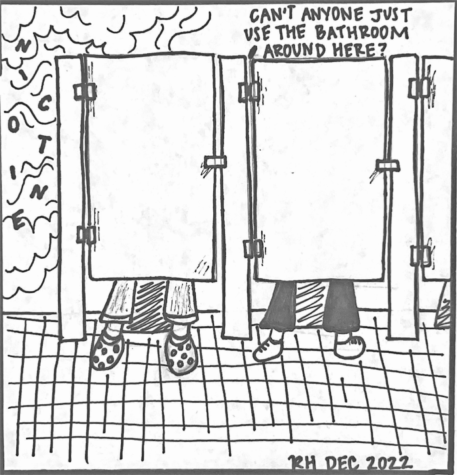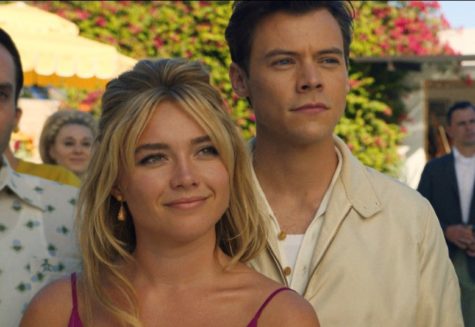Who the Heck Said Ariel Can’t be Black?
Live action Little Mermaid sparks controversy on internet
Halle Bailey arrives at the U.S. premiere of “Avatar: The Way of Water,” Monday, Dec. 12, 2022, at Dolby Theatre in Los Angeles.
For those of you who don’t know, well-known musician and actress, Halle Bailey, who has played in Growth-ish, Wrinkle in Time, Beyonce’s Homecoming and Let it Shine, now has been casted by Disney to be Ariel in 2023. While some are praising Disney for Ariel’s race change, and are saying that this is another good moment of representation in the media for Black people, and how it’s good for little girls to see another Disney princess along with Tiana that is just like them, there are simply others who hate it.
In 2019, #NotmyAriel started making its rounds around Twitter as well as a lot of hurtful or straight up racist memes and videos trending on TikTok and Twitter. The same cycle happened again this year after the trailer dropped – most notably with a YouTuber named Matt Walsh. He made a video arguing that, “Scientifically and technically underwater people with melanin wouldn’t exist.” He goes on to say, “Actually, Ariel should be translucent!” To that I say, “It’s a cartoon mermaid from a fictional Disney movie where talking fish and crabs can sing songs and an octopus is based off a drag queen.” But no! As soon as Ariel becomes Black somehow that becomes the unbelievable part here!
I think the reason this Disney movie is so important right now is because of representation. I cannot stress how important representation is and how much it impacts our perspective in our every day lives. For a long time in TV and movies, African American women were usually forgotten about, or not even played by real Black women at all. When Black women were finally casted to play themselves in cinema, they were forced into three negative stereotypes. The Sapphire, The Mammy, and The Jezebel.
THE SAPPHIRE
The most notorious trope is “The Sapphire”. She’s the angry sassy Black woman that’s all in your face. Some of the best examples with this character in movies and shows would be Rochelle Rock from Everyone Hates Chris, Diane Johnson from Black-ish, Zuri Ross from Jessie, Real Housewive of Atlanta 2008, Waiting to Exhale and any movie with Tyler Perry’s Madea.
The Sapphire trope paints Black women as nagging, loud, sassy, non-feminine, very aggressive, undesirable and most importantly, a joke. She’s a character purely made to make a mockery out of Black women and girls, and she is “a threat” to society.
This character is the reason why so many Black women and girls (including me) have to stay calm and collected in situations where anyone else has a right to be mad or emotional but they can’t because of the fear of being perceived as just another angry Black woman. This stereotype harms us the most in real life. It also seems to be the most popular and the hardest trope to get rid of.
THE MAMMY
The second trope is “The Mammy”. The Mammy is basically an antiquated view of Black women. The most iconic characters in media that sum her up are the mammy from Gone With The Wind in 1939, Queenie from Benjamin Button in 2008 and Aibileen Clark from The Help in 2011. You might even have seen her on household products like previous packaging on Quaker Oats Aunt Jemima Syrup.
“The Mammy” is a Black, heavy set woman, made to appear as a servant to her counterpart and who has no life of her own outside of the kitchen. The always smiling Black woman is depicted as happy to serve and often quick to leave or insult her own community, disregarding them for her own validation.
An updated version of this trope would be most of the BBF, a.k.a the Black Best Friend. This character can be found in characters like Dionne from Clueless, Taylor from High School Musical, and Chastity from 10 Things I Hate About You. The BBF is a character that could be a good representation of women of color but is often lacking depth to them and falls into a sidekick role. Or worse, the character is usually used only to check a minority box.
THE JEZEBEL
“The Jezebel’’ is the last and equally harmful trope. Black women in film are often represented as hypersexualized. “The Jezebel” is basically the reason why so many people view Black girls as fast or predatory at such a young age. Just because of ignorant prejudices and absurd harmful assumptions, a lot of innocent little girls and innocent women are put at risk of predators. You’ll see “The Jezebel” characters like Foxy from Foxy Brown and Dijonay Jones from The Proud Family.
Bailey’s Ariel is a great example of a character in which color doesn’t matter on the screen but can make great impact to her live audience.
Fortunately, I think the new Ariel will be one of the characters that might just help break the mold and derail these stereotypes and here’s why-
Unlike “The Sapphire”, Ariel breaks this trope by being allowed to express her emotions without being stifled. Ariel is a 16-year-old emotional teenager that’s allowed to make mistakes, like when she makes an irrational deal with an evil sea witch.
Ariel is allowed to be a little rebellious or curious. She’s allowed to feel. For her it’s not looked at as dangerous or disrespectful or degrading, it’s just how she is at the moment. Despite being a mermaid, she gets to be human. And her actions aren’t judged by the color of her skin color or even her hair.
This redhead is also not a side character or sidekick in her own story like “The Mammy” or BBF, and sure, she only wears seashells for the beginning half of the movie, but she’s a mermaid. The movie doesn’t unreasonably hypersexualize her for the audience like “The Jezebel”; she gets to be what she is, which is a kid.
In conclusion, the stereotypes of the past have deeply harmed people in today’s society. Stereotypes subconsciously warp our way of thinking about certain groups of people. So now, we need good representation. It is important, and we need more projects like this instead of being portrayed as jokes, like how minorities have been portrayed for decades in Hollywood.
Bailey’s Ariel is a great example of a character in which color doesn’t matter on the screen but can make great impact to her live audience: she’s relatable, sweet, creative, very curious and a little bit headstrong, and unlike the other tropes of the past, Ariel is just a fun role to see played by someone who looks like me and other women of color.
Not every character played by an African American woman has to be a stereotype or the strong Black female lead. Not every story about Black people has to be about Black trauma and hardships. Sometimes it can just be about a quirky, teenage black mermaid with bright red hair who loves to sing and brush her hair with dinglehoppers (forks).
It’s time that Black people and other people of color get to have the opportunity to play happy characters for no reason than just to have a fun story line!
It’s time people realize we are not all a monolith, we are complex and different individuals. After all, who ever said Ariel couldn’t be Black?


